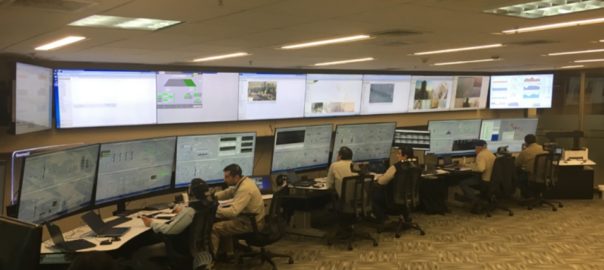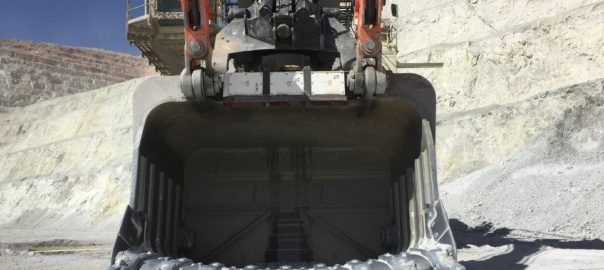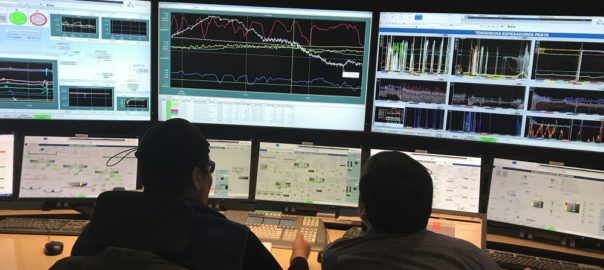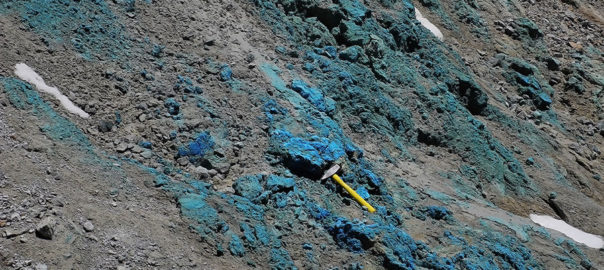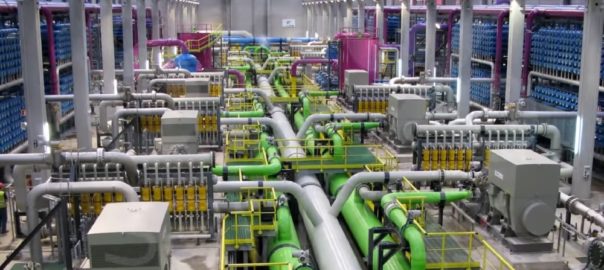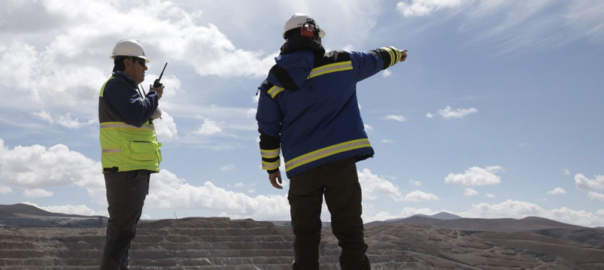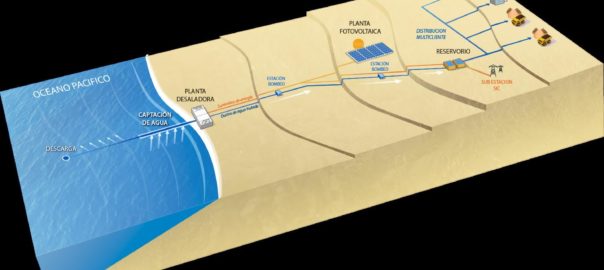In a wide-ranging talk on digitisation at the 2019 SME Annual Conference & Expo in Denver, Colorado, Mikael Lindholm, Chief Digital Officer of FLSmidth, said the use of remote operations centres was providing returns to those mining companies employing them.
Lindholm said FLSmidth had seen an influx of remote operations centres “popping up” across the industry, he told delegates during his keynote presentation.
“It is unhealthy to go up in the mountains or in the pits in the mines,” he said. “Being in a city is much safer. The less people you have in the mine, the less injuries you will see.”
He added: “Most mines, today, have a central control unit, but we now see to a greater extent remote control centres outside of the mines.”
Referencing a recent visit to Codelco and its remote operations centre in Santiago, Lindholm said the state-owned copper miner was running two operations remotely from this location.
The centre had allowed Codelco to attract personnel in the Chile capital, in addition to being able to coordinate all activities from one location, he said.
“From there, they manage everything happening in the pit, to the process plant to the logistics,” he said.
By coordinating these activities and having all the people in the same room, Codelco is making significant savings, Lindholm said. “They are making savings of around $50 million annually from this – purely from coordinating activities.”
This evolution is part of a wider move in the industry to improve productivity, maintenance and safety.
Lindholm, quoting statistics from McKinsey, said by 2025, there will be yearly savings of around $250 billion around operations management – “to do with process optimisation and coordination” – $100 billion/y on equipment maintenance – “thanks to condition monitoring, predictive and prescriptive maintenance” – and $10 billon/y on safety.






